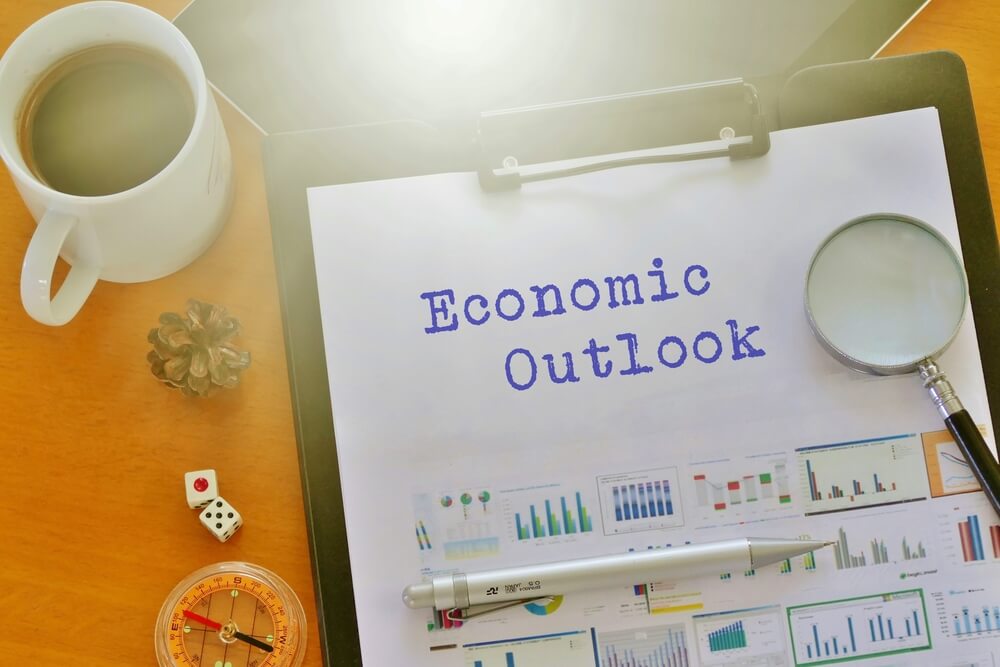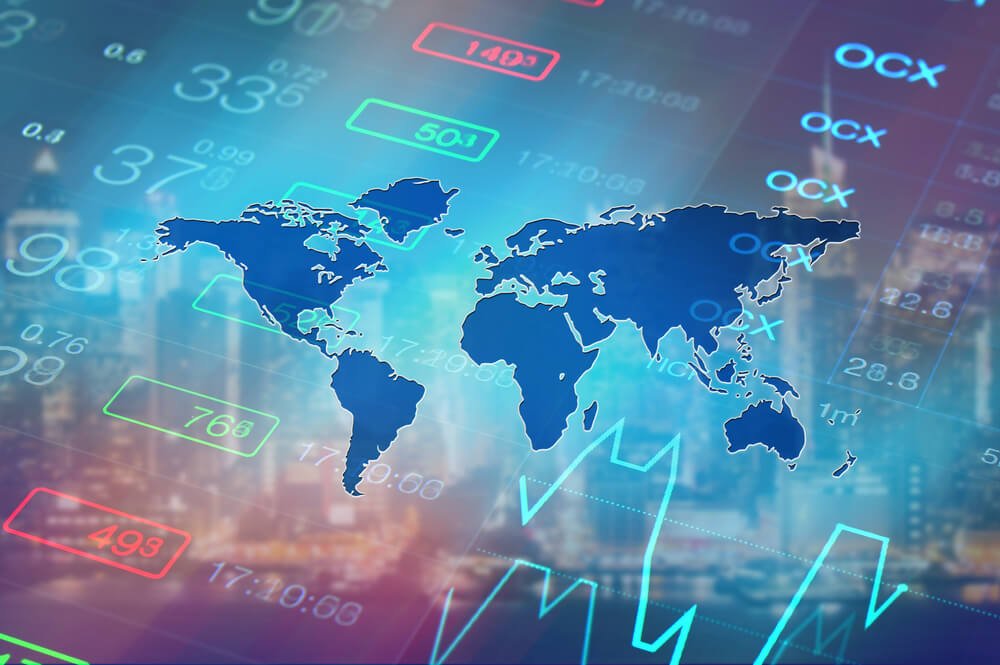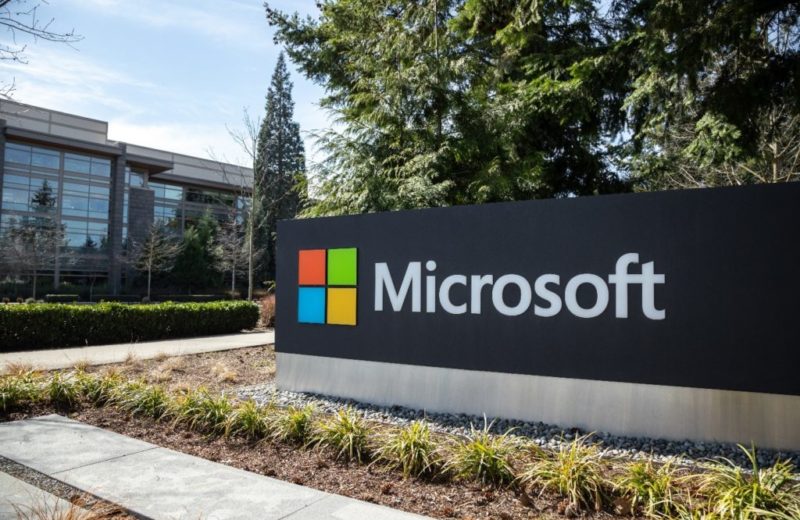On foreign exchange markets, the dollar is ten percent higher than it was a year ago. It made U.S. exports more expensive to overseas buyers. In terms of greenback, of course, U.S. imports are cheaper. The dollar will most probably stick with the course unless other significant economies show more strength in the marketplace, or the Federal Reserve system eases significantly more. Neither of the possibilities seems realistic.
Fed spending is the fastest-growing part of the economy this year. About the budget deficit in Washington, no one is concerned. This forecast anticipates even more spending until some fiscal discipline emerges.
Combining these parts of the economy together, economic growth yields of 2.6 percent in 2020. 2019 is more likely to end when all the statistics are tallied. 2021 will most probably look better but comes up against the constraints of the supply. The growth will be limited to 2.0 percent. It is based on how much expansions of the labor force the U.S. can get and gains on productivity with more spending of capital.
Forecasts
So far, in 2019, inflation has been quite restrained. Nevertheless, as the economy continues to expand, it will edge up.
The Federal Reserve sees more risk from inflation than recession. It begins to raise short-term interest rates. Currently, the Federal Funds rate is 1.55 percent. By the end of 2021, it will probably rise to about 2.30 percent. It will not be too much of an increase. Thanks to global economic growth long term rates will move up faster.
The recession risk is worthy of having a separate article. For business capital, spending resolution of U.S. international trade disputes would be positive. Economic growth can approach four percent a year if the more people who have not been working either looking for work will choose to start job searching.















